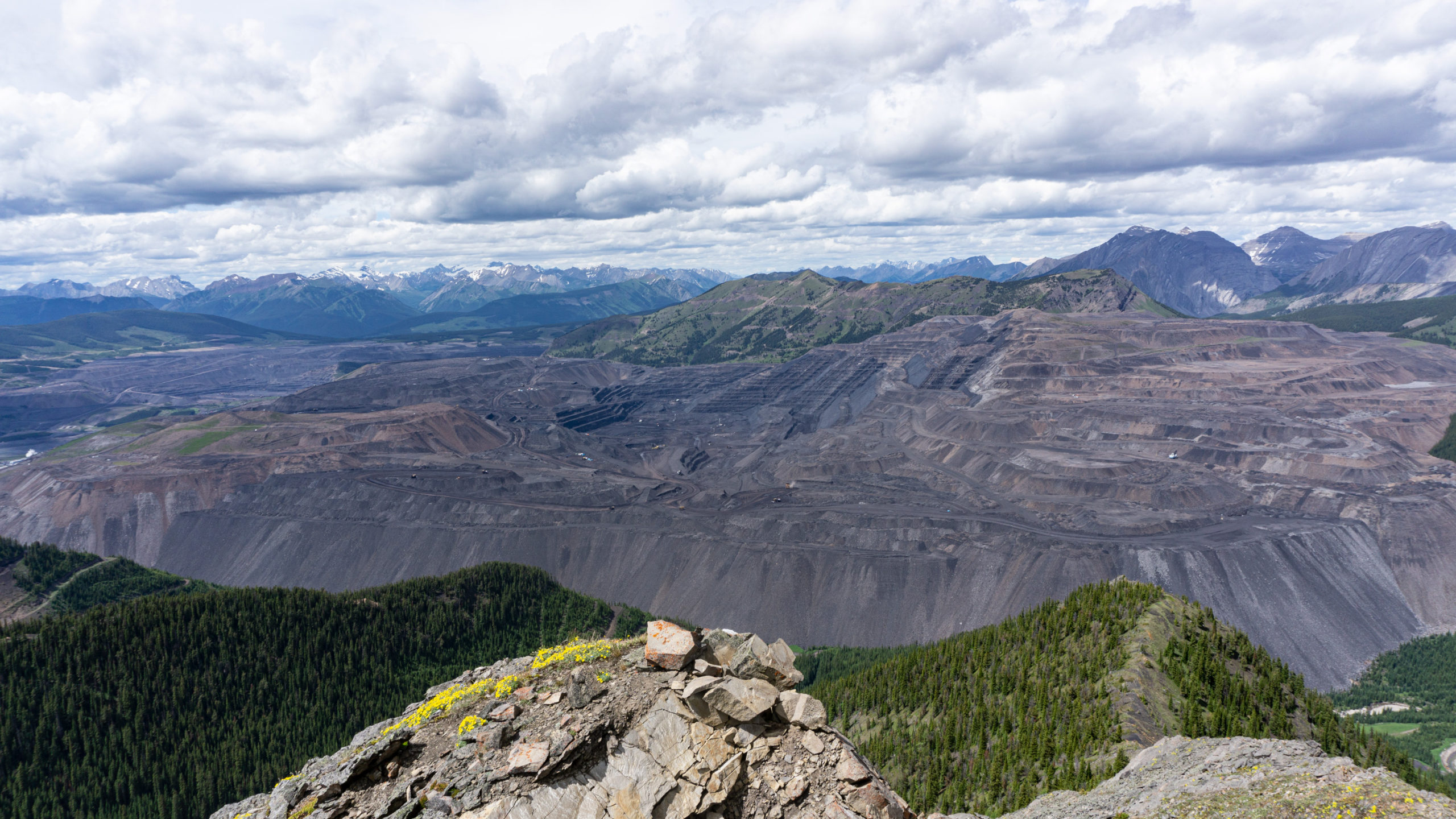Environment and Climate Change Canada’s (ECCC) new water quality measures to Teck Coal are appreciated by Wildsight but aren’t clear or concrete to lead to effective change, said the environmental group.
Teck recently announced that new measures were being imposed for water bodies affected by their Fording River and Greenhills operations. According to Teck, they don’t have to build any more water quality facilities as the measures are complementary to their existing Elk Valley Water Quality Plan (EVWQP). The mining company said diversions, mine planning, fish monitoring and calcite prevention measures are included in the direction from ECCC.
Wildsight, a local environmental conservation group based in the Kootenays, believes the detailed measures should be brought to light.
“We don’t know exactly what is in this order from Environment and Climate Change Canada because it’s confidential. We just know what’s in the press release from Teck,” Lars Sander-Green told MyEastKootenayNow.com, Wildsight’s Mining Lead. “It’s a bit strange that no one can find out what actually has been ordered, given the public interest in what’s happening in the Elk Valley.”
Sander-Green said their biggest concern is Teck’s trial for a 200-hectare geosynthetic cover at their Greenhills operation that has to be installed by 2030.
“The main highlight seems to be doing this small trial of a geo-synthetic cover, which is sort of a cover over some of the waste rock that’s supposed to prevent some of that selenium leaching into the river. That trial’s not even going to be started until the end of the decade so we’re nine years into the future and then it’s going to be years before we see results from that.”
PREVIOUS: Teck put under new Elk Valley water quality measures (Oct. 30, 2020)
Wildsight is welcoming some action by ECCC on the matter but said it’s “way too little and way too late” for the Elk Valley.
“We’re always happy to see the federal government actually enforcing their own laws, which the federal government is supposed to protect our fish downstream of these mines and they’ve been doing a pretty bad job for a number of years on it,” Sander-Green said to MyEastKootenayNow.com. “We’re glad that they’re actually taking some action here but it’s really unclear what action exactly they are pushing Teck to take, and what difference it’s really going to make, and is it going to be enough and is it going to be soon enough?”
Sander-Green and Wildsight noted their concern for the upper Fording River’s westslope cutthroat trout population. The group said since 2017, 93% of the adult fish are now gone.
They are also continuing to raise concerns about selenium pollution down the Elk River into Koocanusa and down into Montana, which sparked a response from state officials.
MORE: Montana outlines objectives for Lake Koocanusa and Kootenai River selenium levels (Sept. 28, 2020)
“We really need to be thinking about the long-term, because everything Teck is doing is sort of temporary,” said Sander-Green. “We’ve got this water treatment, it’s going to last for decades maybe, but this pollution will continue to flow for hundred and hundreds of years, so what’s Teck going to do about that?”
Teck said the incremental measures from ECCC over the next 10-years will cost the company between $350-million to $400-million, while expected spending in 2021 will be about $17-million alone. Teck based the cost estimated on limited engineering and the feasibility of certain measures.
Wildsight wants more action from the ECCC, noting that the federal government’s investigation into the coal mines and their negative impacts on fish populations began in 2012. Wildsight said an expert report showed 180,000 missing due to reproductive problems in 2014, but no further action has been taken. Sander-Green is calling for the federal government to disclose their full findings of the investigation now eight years later and to also clarify the measures they have imposed on Teck.
A full statement from Wildsight on the Elk Valley water quality measures can be found below:
“We don’t know the full details about what this Direction from Environment and Climate Change Canada orders Teck to do (neither Teck nor Environment Canada is sharing the content of the order), but the main point seems to be that Teck will have to start a small trial of a geo-synthetic cover on part of a waste rock dump, nine years from now, which may show that this idea works or doesn’t work some years after 2030. Teck has been talking about trying out a cover for a decade and now they’re going to take another nine years for a trial. That’s way too little and way too late. There are real problems in the Elk Valley that need more action now, not a trial project starting in 2030.
Environment Canada began their investigation into the dangers for fish from the coal mines in 2012, with an expert report showing 180,000 missing fish because of reproductive problems annually in 2014. Since then, Environment Canada has been silent while pollution levels rise. Why isn’t Environment Canada taking action to protect fish from Teck’s coal mine pollution, especially Species at Risk Act listed westslope cutthroat trout?
The upper Fording River westslope cutthroat trout population collapsed over the past few years, with 93% of adult fish gone since 2017. We’re left wondering why Environment Canada isn’t willing to step up and make sure our fish are protected from water pollution. Why have we heard nothing from Environment Canada about this fish population collapse, when the upper Fording River is the most heavily polluted river in the Elk Valley?
While there are already federal regulations about water pollution that affects fish, Environment Canada has also developed draft regulations for water pollution from coal mines specifically and those draft regulations have a special section just for Teck, which would allow many times more toxic selenium pollution from Teck mines than from mines anywhere else in Canada. Why is Environment Canada going so easy on Teck when the impacts of open-pit coal mining water pollution are being seen not just in the Elk Valley, but hundreds of kilometres downstream in Lake Koocanusa and the Kootenay River?”




